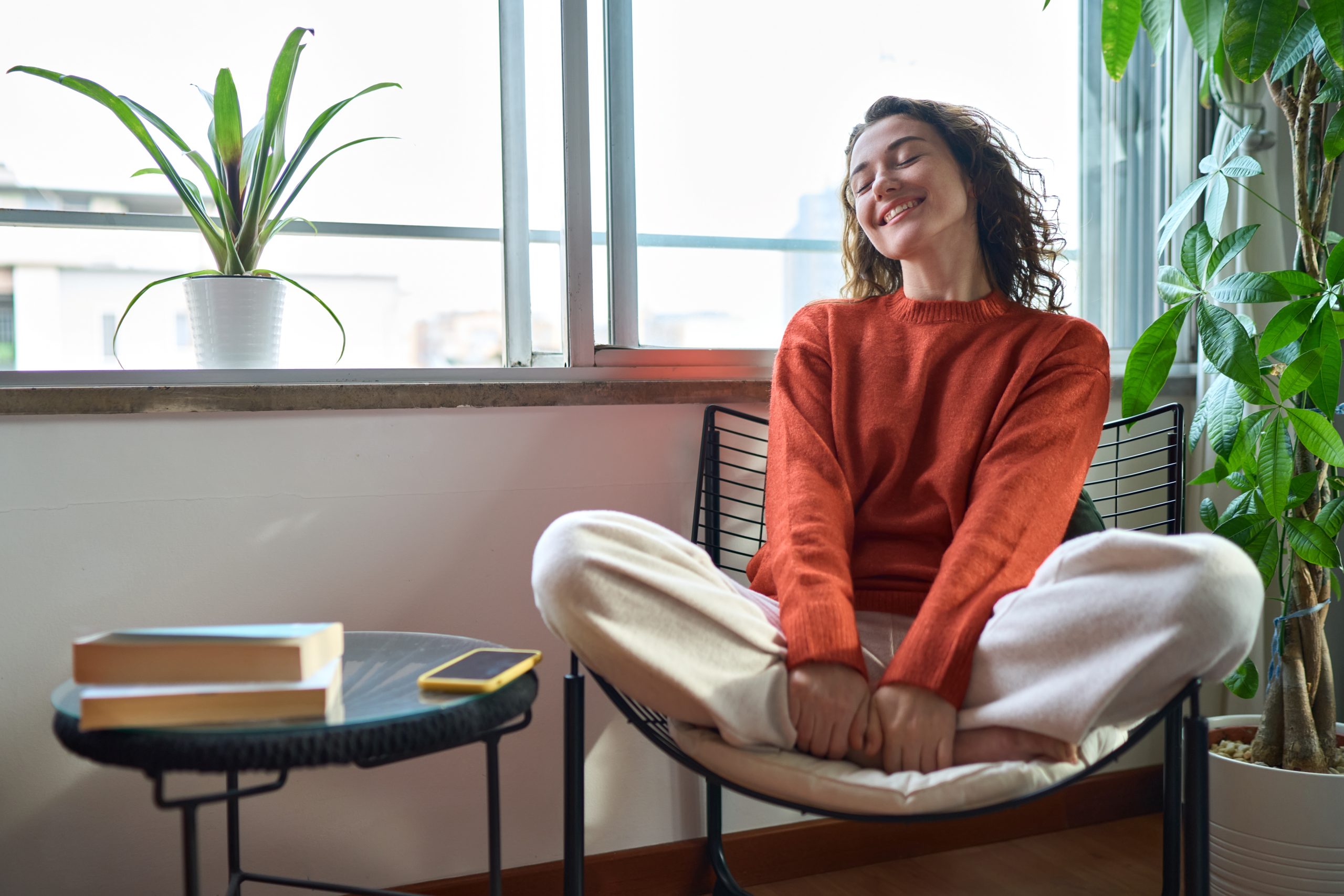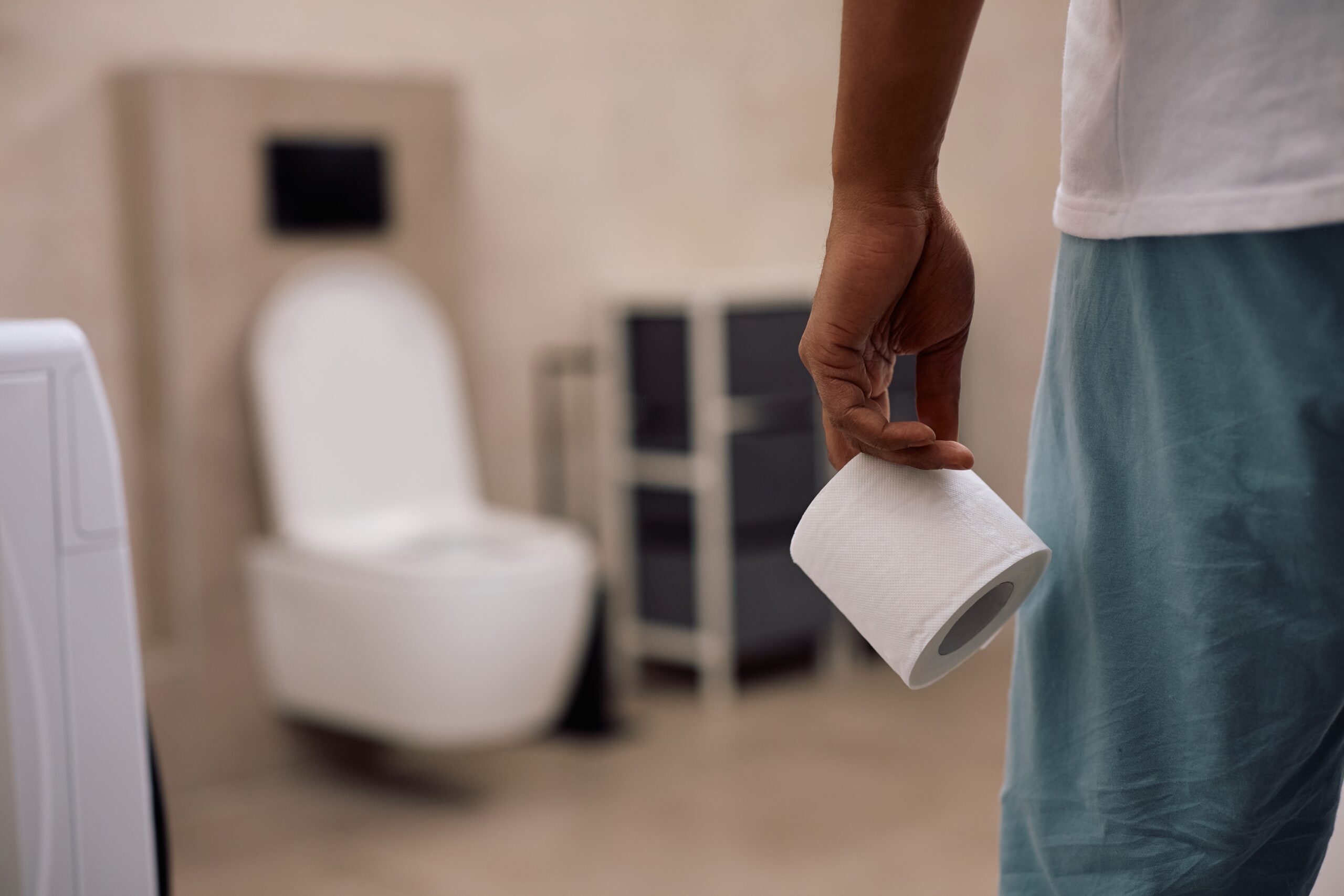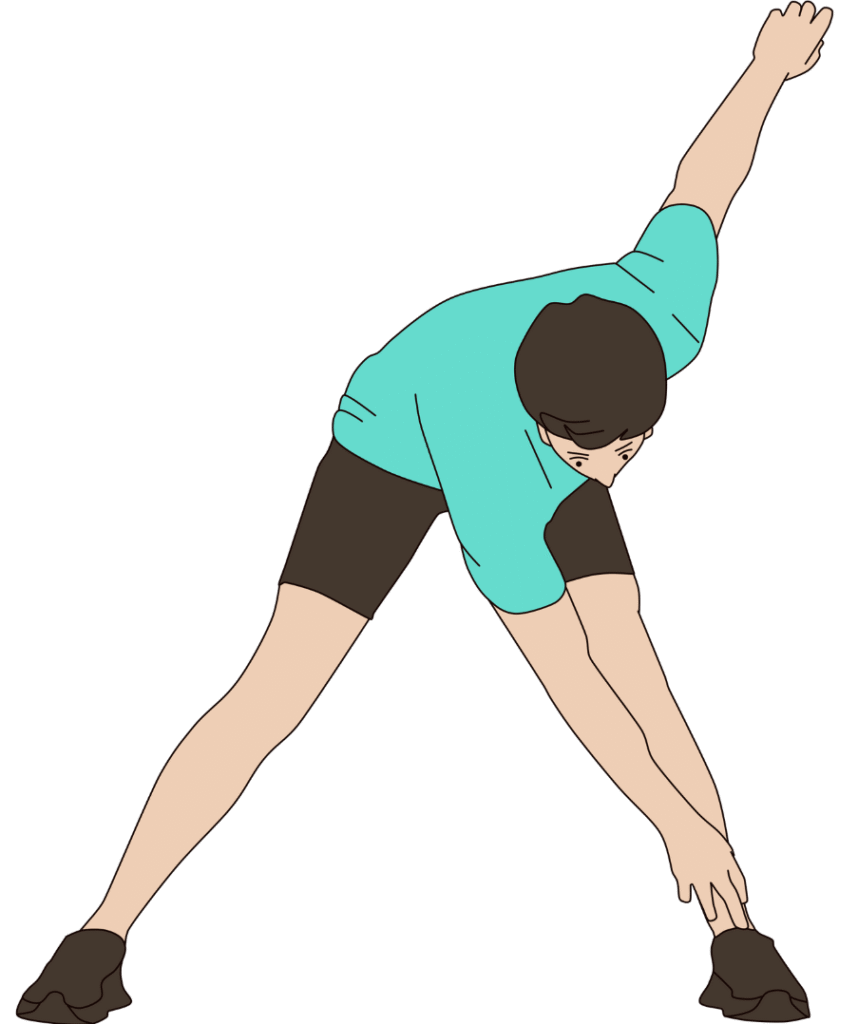Transform your home into a haven of tranquility with simple design elements that promote mental wellbeing and physical relaxation—all while creating a personal retreat from the chaos of modern life.
At a Glance
- Creating a peaceful home retreat starts with decluttering and simplifying your space to reduce stress and mental chaos
- Engage all senses with soft textures, soothing colors (blues, greens, neutrals), gentle lighting, and calming sounds
- Incorporate natural elements like houseplants and water features that have been proven to lower heart rate and blood pressure
- Designate specific areas for relaxation, such as a meditation corner or reading nook
- Maximize natural light with strategic window treatments and mirror placement to boost mood and create a more serene atmosphere
Creating Your Personal Sanctuary Space
A dedicated space for relaxation and introspection is essential for maintaining mental balance in today’s hectic world. Whether it’s a small meditation corner or an entire room, having a designated area for peace can significantly improve your wellbeing. Begin by selecting an area in your home that feels naturally calming—perhaps a quiet corner with natural light or a space away from high-traffic areas. This area doesn’t need to be large; even a small nook can become a powerful sanctuary when thoughtfully designed with intention.
Once you’ve chosen your space, remove unnecessary items and keep only what brings you comfort and peace. Add elements that support your relaxation practice, whether that’s a comfortable cushion for meditation, a soft chair for reading, or simply a space to sit quietly and breathe. The key is creating a boundary—physical or symbolic—that signals to your brain that when you enter this space, it’s time to slow down and reconnect with yourself.
????️ Tranquil Water Fountain in Courtyard Poster ????
Transform your living space with peaceful vibes. Our Tranquil Water Fountain Poster brings the soothing sound of water and the charm of a serene courtyard into your home. Perfect for adding a calming touch to any room, this piece… pic.twitter.com/xWFiG0kWzY
— Design Delight Studio ????️ (@designdelight24) February 24, 2025
Engaging Your Senses for Complete Relaxation
Creating a truly peaceful home environment involves thoughtfully engaging all your senses. For sight, choose a soothing color palette dominated by calming hues like soft blues, gentle greens, or warm neutrals. These colors have been shown to lower blood pressure and reduce stress hormones, unlike energizing colors such as bright oranges and reds that can create a sense of alertness rather than relaxation. Layer different textures through pillows, throws, and rugs to create depth and visual interest without overwhelming the space.
For touch, incorporate soft, cozy materials that invite physical comfort. Consider the tactile experience of everything from your sofa upholstery to your bedding. For scent, use essential oils in a diffuser, natural candles, or fresh flowers to create a signature aroma that signals relaxation to your brain. For sound, consider a small water feature, soft background music, or sound machines that mimic natural environments. These multi-sensory elements work together to create an atmosphere that naturally encourages your nervous system to downshift from stress to calm.
Unlock Serenity: Exploring the Essence of Asian Zen Interior Design
Discovering Tranquility: The Beauty of Asian Zen Interior Design
Asian Zen interior design offers a harmonious blend of simplicity, balance, and tranquility, creating serene living spaces that promote…
— Alina Hall (@Alina_Halla) March 9, 2024
Harnessing Nature’s Calming Power
Bringing natural elements indoors creates a powerful connection to the outside world that has been proven to reduce stress and improve well-being. Houseplants like snake plants, pothos, and peace lilies do more than purify air—studies show they can actually lower heart rate and blood pressure. Place several throughout your home, focusing on areas where you spend the most time. The simple act of caring for plants can also become a mindful ritual that pulls you away from digital distractions.
Water features add another dimension of natural calm through both sound and visual movement. A small tabletop fountain creates white noise that masks household sounds while the gentle movement of water provides a meditative focal point. Natural materials like wood, stone, and bamboo bring organic textures into your space, creating a grounding effect. Maximize natural light wherever possible, as sunlight not only brightens your space visually but also helps regulate your body’s natural rhythms, improving sleep and mood over time.
Creating Order and Flow
A cluttered environment creates a cluttered mind. The simple act of organizing your space can significantly reduce stress hormones and create a foundation for relaxation. Begin by evaluating each room with fresh eyes, removing items that don’t serve a purpose or bring you joy. Develop organization systems that make daily living easier, whether that’s designated storage for frequently used items or furniture arrangements that allow for natural movement through your space. Remember that empty space is not wasted space—it gives your eyes and mind room to rest.
Consider creating designated zones for different activities—a reading corner, a meditation space, a comfortable conversation area. This helps train your brain to shift gears appropriately as you move through your home. Pay attention to the flow between spaces, ensuring that transitions feel natural and unforced. Use furniture arrangements that encourage the activities you want to prioritize while minimizing distractions. This intentional organization creates a sense of harmony that allows your mind to relax rather than constantly processing disorder.
Lighting for Tranquility
Lighting profoundly affects both mood and physiology, making it a crucial element in creating a peaceful home. Maximize natural light with sheer window coverings that filter harsh rays while allowing sunshine to fill your space. Strategic mirror placement can bounce light into darker corners, creating a more open and airy feeling. For artificial lighting, create layers with a mix of ambient, task, and accent lights that can be adjusted throughout the day to match your energy levels and activities.
In the evening, transition to warmer, dimmer lighting that signals to your body it’s time to wind down. Consider salt lamps, candles, or warm-toned bulbs in table lamps rather than harsh overhead lighting. Smart lighting systems can be programmed to gradually adjust throughout the day, mimicking natural light patterns that support your circadian rhythm. For areas designated for relaxation, keep lighting soft and indirect, avoiding the blue light that can disrupt sleep hormones and make relaxation more difficult.
Sources:
https://www.decosurfaces.com/en/blog/article/137-a-cocoon-of-well-being-at-home.html








